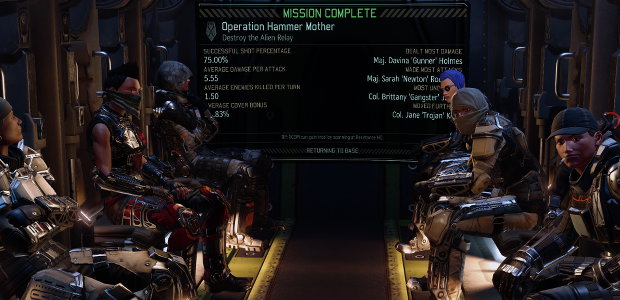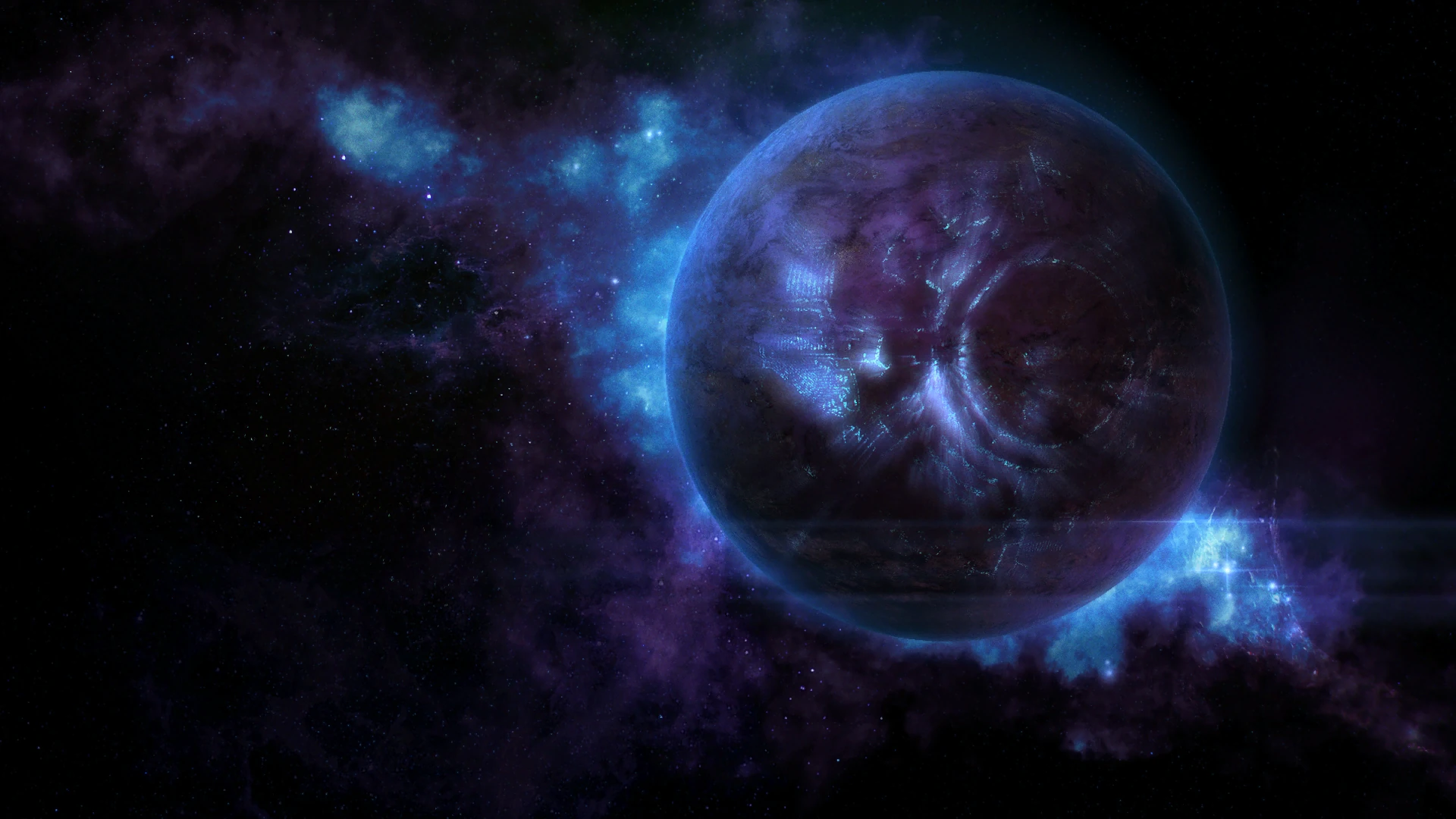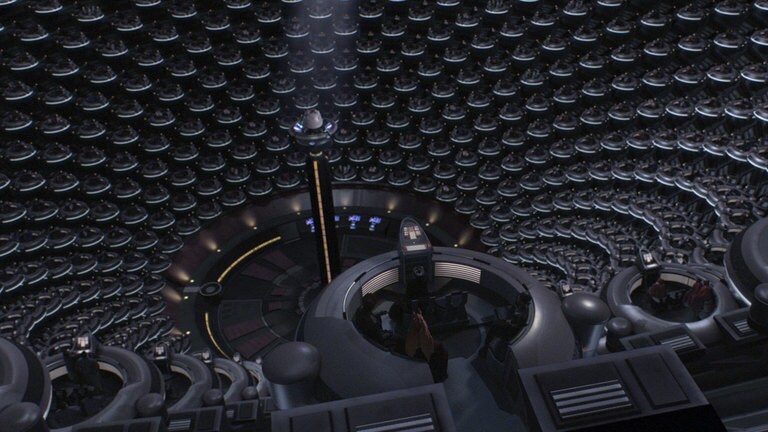My current game is a science fiction exploration game, where the players are scouts surveying their new home and getting it ready for colonization. One of the things I've done is that right from the get go, the players have a spaceship that can take them anywhere in the new solar system. Here, there are seven celestial bodies that the players can blast off to. Many of those are either jovian or ice giants with tons of moons to look at. Add in all kinds of asteroids, comets, and other stuff floating out there, and you have a great deal of sites for adventures and discovery.
Of course the difficult part for this is how do we stock all of these for adventure? Much like a standard hexcrawl, you have all kinds of adventure, ruins, and obstacles that are keyed up and ready for the players to stumble upon. However, things get a bit more difficult because now we are dealing with the planetary scale. Planets, moons, hell, even asteroids are much bigger than your standard hexcrawl map. Stocking an entire planet of adventure like that simply isn't viable, let alone an entire solar system. Luckily, I have my way of taking care of that.
First thing I like to do is end a session asking what the players want to do next. It doesn't always happen, as sometimes I like to through stuff at them to react to next session as a cliffhanger, but it's nice to know where your players are going to next. That way you can simply prep for where they are going. So if my space scouts want to travel to Chicken Island next session, then I know that I can prep stuff specific to that area and I won't be wasting any time when I do it. Pretty basic stuff. Still, it's nice to have some stuff ready to roll when things happen in the middle of a session, so we turn to my rule of threes.
For each celestial body, I have three landmarks and three possible adventures, made from three words (a verb, adjective, and noun). We can usually describe planets with 2-3 landmarks or interesting things easily, especially if they aren't Earth like worlds. For example, Mars has red sand, Olympus Mons, and several canals across it. Jupiter has the Great Red Spot, intense radiation, and a great deal of gravity to contend with. I generally write these as tags like you'd see in FATE or DW. All of these can be the source of adventure, or simply add complications to another adventure on the same planet. Imagine trying to rescue a hydrogen freighter in Jupiter, but you have to save them without getting caught in the gravity well yourself. And the good thing about being in a sci fi genre is that thanks to future tech, players can scan for a lot of the potential sites of adventure from their CIC in orbit. So these landmarks can be made readily apparent and easy to spot. It does tend to simplify each planet a bit, but luckily, that's where the 'three words' come in.
So for me, three words are just me generating a verb, adjective, and noun. So for example, I simply will have 'Destroy Large Generator' as an adventure seed. From there, I flesh it out as I see fit. Get creative with how you interpret the seed. For example, your generator could be the fusion power plant on a space ship, a solar generator on an asteroid base, or even the wide leaves of an alien plant that feeds and powers a hive of plant-bugs. It's sci fi so go crazy with it! What I like to use are these
verb,
adjective, and
noun generators for free. But sometimes that gets you some weird combinations that are hard to work with (Quoit Micrococcal Tracheitis?). One thing I use a lot of for developing adventures on the fly are
Ennead Games's Adventure Generator Sci Fi and the
GM's Apprentice Sci Fi deck. But, as great as those are, you can still keep it free. And you don't even have to use three words. Images are a great way to get some vague icons and interpret them how you wish. I know I've seen a lot of good stuff about Rory's Story Cubes, but if you don't have the scratch, I like using
Tangent Zero's Dice for that. I like to roll three or four and have that as my main adventure. Hell, I'll even use a set of tarot cards I have to give me a good set of twists. The important part is, you have a good improv generator that will give you just enough structure and inspiration to craft a good adventure, but vague enough to allow for your creativity to kick in.
Putting this all into use, in my game, I have an extremely hot planet close to the sun. For its three landmark tags, I have "Large basins and mares", "Huge chains of volcanoes", and "One massive crater at the equator". The first landmark is almost like a safe zone for players to land at, but can also house future adventures (things hidden under the basalt flats? a colony appears there and stuff happens?). The second adds the danger, but can have a high reward. There's lava and high temperature everywhere, but there's also a hidden ancient alien facility in the volcano with secrets and mysteries inside. The third is a definite adventure site. What caused the crater? Was it an impact or an explosion? A landmark that makes the players ask questions about it will hook them line and sinker.
From there, I have three 3-word sentences that I generated. "Survey Massive Graveyard", "Destroy Alien Facility", and "Aid Strange Rival". For the first one, I decided to have an orbital graveyard filled with the corpses of large, spaceborn aliens. The second one has that alien facility in the volcanoes. The third one was a bit vague, so I added more using Tangent Zero's dice and created an adventure where the players and a rival scout group go through an old space hulk looking for stuff before the others do. But, things go wrong and it becomes a fight for survival as something vicious lurks in the hulk. Or, thanks to a little Kessler Syndrome, the players and rivals are separated from their shuttle and now have to try and escape the space hulk as it careens into the planet. I like to keep it flexible for this one, as either can be fun.
There we go. That planet has a decent amount of adventure for a good while, and if they ever want to go back, I can always add more to it. As for the rest of the solar system, it can still be a bit daunting. I generally prep a cache of landmarks and sentences for each body, and then detail it at a later date. Luckily, limits in space travel in my game make it to where the players will generally eyeball the closer planets rather than the far off ones. But with PCs, you never know what they'll do! I also really add specific tags to important bodies. So planets, some moons, and asteroids that are big enough to be interesting (like your Juno and Vesta). But it's good to have some generic sentences and landmarks in case they land on some random Trojan asteroid in Jupiter's orbit.
There's a bit more I do inspired by ACKS, but I think I'll save that for another time. For those that run any sci-fi space-faring sandboxes, how do you set up your adventures for your players?

















